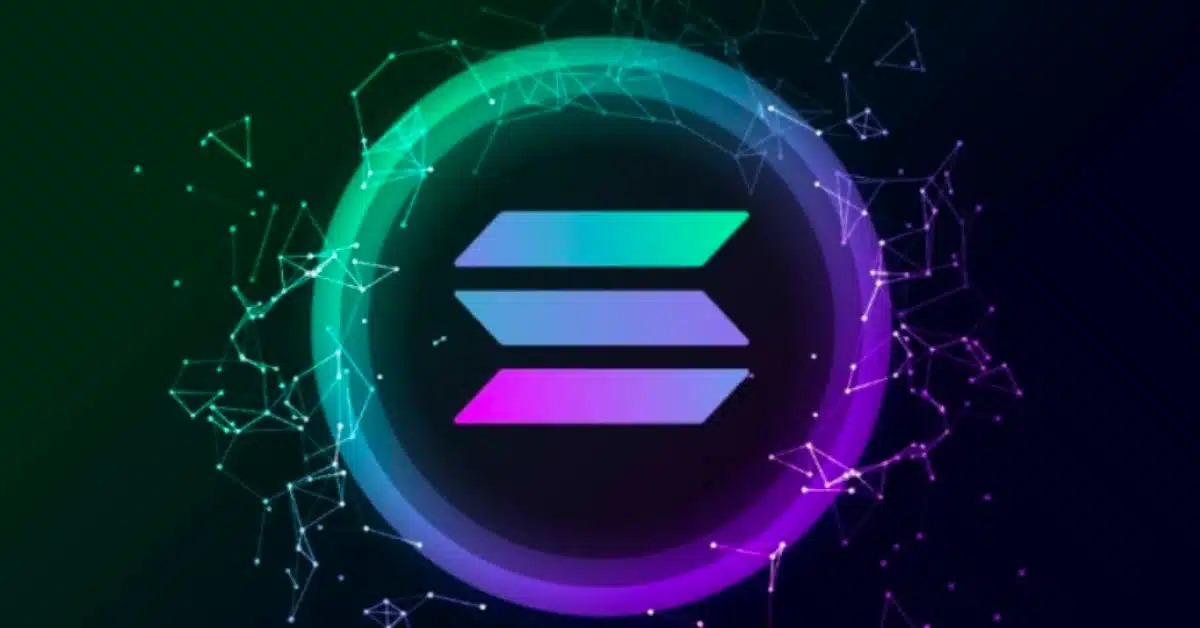The Chief Technology Officer (CTO) of Ripple, David Schwartz, took to X (formerly Twitter) to explain the crucial role that validators and nodes play in the XRP Ledger (XRPL). He explained the nitty-gritties of its workings in a lengthy post published today, 26 September.
As per the official website, XRPL is advertised as a decentralised public blockchain built for business. It is an open source, public layer-1 blockchain maintained by a global developer community consisting of software engineers, server operators, users, and businesses. It is powered by a peer-to-peer network that is open to everyone. As a result, anyone can participate in the network.
It is this underlying technology that supports the digital asset $XRP. The token was created with the aim to facilitate quick, low-cost cross-border payments.
Alongside this, the XRP Ledger is also used by developers to create solutions that solve inefficiencies, including remittance and asset tokenisation. Currently, the five main applications of the Ledger are for payments, tokenisation, DeFi, CBDCs, and stablecoins.
According to Schwartz, there is only one way to interact with XRPL and that is through a node. If a person is interacting with XRPL but does not run a node, then someone else is running a node for them. This means that to some extent, the person is placing some level of trust in this third party.
He then shed light on how the XRP Ledger’s state is public and therefore all transactions and transaction rules are public. This includes the state of the ledger, all transactions, and the rules governing those transactions. If a node is not broken, it will automatically be aware of these three crucial aspects, said Schwartz.
He also clarified that nodes don’t need validators to ensure the validity of transactions as it already knows that itself. This is because all nodes are inherently programmed to recognise which transactions are valid and what actions those transactions will perform. Therefore, Schwartz affirmed that all honest nodes would naturally reach a consensus and automatically agree on these things since they are the system rules.
However, the double spend problem is that one issue that cannot be solved without validators. When someone submits two equally-good, but conflicting, transactions to the network, validators are essential to decide which one of them should be permitted and which one should be rejected.
While there is no particular reason anyone should care which transaction succeeds and which fails, there is a need to agree because otherwise the system would break, said Schwartz. As a result, the primary role of validators is to maintain consensus among all honest nodes regarding asset ownership, especially when conflicting transactions arise.
Adding further, he said: “That is literally the only reason XRPL needs validators – to break ties to allow honest nodes to stay in agreement about who holds what assets in the case of equally valid, but conflicting, transactions.”
Schwartz also mentioned how for convenience, XRPL also uses validators for other things like coordinating the activation of network features. However, he was clear in stating that this is not a governance function as validators cannot force nodes to accept features that they are unwilling to accept.


